The USA is a global nation, part of the United Nations and a military power. Because of the wars it has been involved in throughout its approximately 230+ years of history, it has settled many remote outposts. Though some have changed their function over the years due to the shift in military climate (the end of the Cold War, the growth of religious fanaticism in other parts of the world), a lot of these bases remain. Many are quite curious for their location or for their purpose. Here is a list of ten of the most interesting remote US military outposts around the world.
1. Diego Garcia

Not entirely an American military post (it is a joint British-American initiative), this tiny atoll in the Indian Ocean is the main logistical support base for US and UK military forces operating in the region, mostly Iraq and Afghanistan. It is nearly 1000 miles from any substantial land mass and is a ring shaped island. Though covering 34 square kilometres, its actual land mass is just 11 square kilometres. Not good for tourism, but perfect to keep military operations out of the way. It also doubles up as a satellite tracking station.
2. Pine Gap
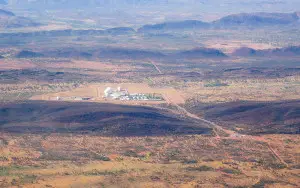
Another joint operation, this time with the Australian military, this base is deep in the Outback used to be a training base for the Antipodeans. That was until 2002 when the two governments agreed a deal to use the base for satellite tracking amongst other things. Considered ‘Australia’s Area 51’, it is increasingly a US military base with some suggestion that it ought to be run directly by the CIA. Operations at the base have been the source of recent conflict between the two governments.
3. Area 51

The most famous American base anywhere in the world is deep in the Nevada desert, 83 miles from Las Vegas. Area 51 itself is only a subsection of Edwards Air Force Base and goes by several other names. In 2011, classified documents revealed that it was the base where stolen Soviet technology was reverse engineered and examined. Conspiracy theorists to this day still believe that it houses crashed alien spaceships and dead bodies from the crash at Roswell, New Mexico in 1947. This was not helped by successive US governments denying it even existed.
4. Wake Island
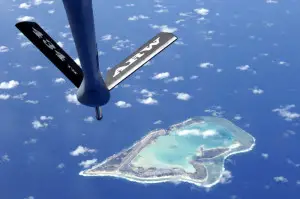
Another Atoll, but this one entirely run and organised by the military, this ring island is an operating US Army base with only a skeleton crew. 250 native people live on the island and access is highly restricted. It is part of a collection of islands that are protected as part of a Marine National Monument. Though an active base, it is used primarily as an emergency landing area. It has also been used to house refugees. Its erratic climate makes it difficult for general long-term use.
5. Thule Air Base
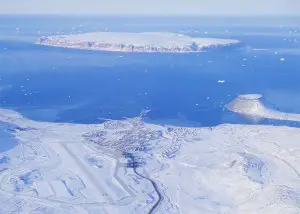
If there was ever an American version of ‘The Russian Front’ to threaten difficult recruits with, this is it. Thule sits in the Arctic Circle, making it the most northerly US military installation. Though originally set up as an early warning system for potential nuclear strikes coming out of Russia, it is now used for a variety of other reasons. It is accessible for just three months of the year meaning if you are there out of the summer season, you cannot leave. Though its official mission is still as a missile early warning system, it receives a great deal of cadets and passing visitors.
6. Shemya Island
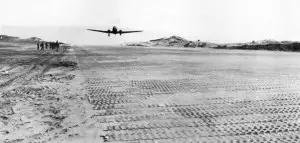
Another former Cold War base, this probably qualifies as the US military’s smallest most remote base. Located on Shemya Island off the coast of Alaska, it is just two miles wide and four miles long. Since the end of the Cold War, it has been dedicated to radar surveys, surveillance and satellite tracking. They year round fog of the climate means that the temperatures are relatively stable for somewhere so far north and the warm jet stream coming up from Japan keeps it relatively stable.
7. Dugway Proving Ground
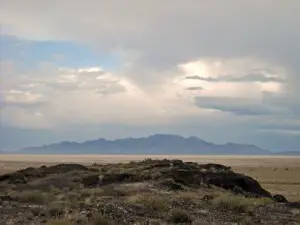
Utah has a lot of empty space so what better place to put the US military’s finest training establishment? Established within just a few months of the Pearl Harbour attack, it was initially a 125,000 acre site but today covers over 800,000. Its dry climate means that troops can train all year round. Various custom-built villages and other urban sites are present, allowing troops to learn in potentially real environments.
8. HAARP
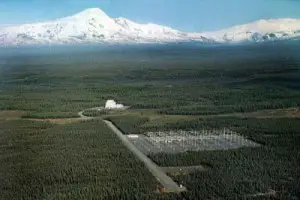
The High-Frequency Active Auroral Research Program complex is a joint venture complex between the Navy, the USAF and several other communications agencies and universities. It is dedicated purely to communications through the Ionosphere (the upper atmosphere). This method has allowed long-range communication throughout out world using the oceans to amplify messages. Located deep in the heart of Alaska, it too has been subject to many conspiracy theories about the use of the technology developed there.
9. Cheyenne Mountain Complex
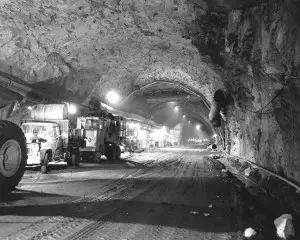
Made famous by the film Stargate and its follow-up TV series, this is one of several bases on our list that remain on the American mainland. Deep in the US side of the Rocky Mountains, this vast military complex has very little in the way of above-ground presence. It cuts into the rock and deep underground and is the home for the Air Force Space Command. A wonder of engineering in itself because the mountains above it are granite (hard and heavy rock) Cheyenne is also miles from anywhere making it remote even within US borders.
10. Lajes Field
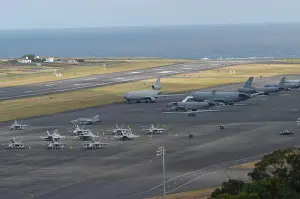
A curious NATO base owned by Portugal and managed by the US military, this is a tiny island in the Atlantic used entirely as a refuelling depot for the sort of large aircraft coming from inland Europe that can’t cross the Atlantic in a single take off. The island base sites in the Azores, which are approximately 1/3 between Europe and North America. Originally established in 1953 as a joint US Portuguese venture, it is now home to and used by various NATO forces.
Conclusion
As warfare moved from battleground to global conflict, and as countries moved from empire to spheres of influence and alliances, it is understandable that the conventions of the military landscape would move from fortified base to remote outpost. In some cases, they are there to test certain technologies (and therefore based on secrecy) in other cases, to protect strategic locations. In other cases still, because the wealth of space will keep military developments out of the way.










Leave a Reply